Contents
Guide

The cost of labor and materials is constantly rising. People are turning to do-it-yourself projects as a means of completing additions and renovations to their houses. If you are a homeowner, a shed significantly increases the value of your property. You will also appreciate the additional storage space that your new shed, or outbuilding will provide. This book will enable you to make a new shed, something larger than a shed, and other outdoor projects a reality if you follow the instructions carefully.
Build Your Own Sheds & Outdoor Projects Manual is a unique guide that concentrates on the process of building rather than designing the shed.
Build Your Own Sheds & Outdoor Projects Manual is a unique guide that concentrates on the process of building rather than designing the shed.
Certainly all of the elements of design and proper plan detailing are considered, but this is foremost a book that graphically demonstrates the latest in shed construction techniques. Each step of the construction process is illustrated in detail making the construction of your shed simple and easy. Plus, several shed plans are available to order. A Glossary of Construction Terms is provided on to help you to envision your shed constructed. Then, select from the wide range of pre-designed shed plans available in this book for ordering at any time. Every effort has been made at the time of publication to ensure the accuracy of the information contained herein.
However, the reader should check for his or her own assurance and must be responsible for design, selection and use of suppliers, materials and actual construction. Happy shed building! 
Table of Contents
Left, top to bottom: Plan #F51-066D-0023, ;
Right, top to bottom: Plan #F51-002D-4515, .
Build Your Own Shed?
 The answer is YES!
The answer is YES! By doing the planning and all or part of the work yourself, you can have the shed you might not otherwise be able to afford. By supplying the labor and buying materials yourself, construction costs can be cut significantly. Framing out a shed is not difficult. Standardized materials and construction techniques make it relatively easy if you take time to plan and work carefully.
The key to successful shed construction is planning, planning, and more planning! Once you have begun construction of your shed, it is both costly and time-consuming to correct errors in shed placement, construction, or selection of materials. So the motto of the Do-It-Yourself shed builder must be PLAN AHEAD! Whether you choose to draw the plans for your shed following the guidelines in this manual or you decide to purchase a pre-drawn shed or outdoor project plan that is offered on , you must carefully plan all elements of your project.
Planning Your Shed
Here is a checklist of design information which you must gather before you begin to design your shed:
Local Building Requirements - Visit your local building department and determine how local building codes and zoning ordinances will influence your project. Be prepared to apply for a building permit once you have completed your design.
Deed Restrictions - Are there conditions in your property deed that restrict the type and location of your shed? Are you planning to place your shed over property controlled by an easement for right-of-way or utility access?
Climatic Factors - Evaluate the microclimate of your intended shed location. Microclimate includes the shading effect of deciduous or evergreen trees and shrubs, the angle of the sun in relation to nearby landscaping during different seasons, soil drainage conditions, and prevailing wind and temperature conditions.
Remember that an enclosed shed without temperature regulation should to be protected from the sun in the summer and exposed to any sun available in the winter. Shed Functions - What purpose will your shed serve? Will you store gardening and lawn tools, or do you plan to use it to store household items? Do you want to supply it with electrical power? What type of storage or shelving units would you like to install in your completed shed? Will your shed include a workshop or hobby area? Careful planning regarding the functions of your shed will save you from costly changes after the project has been started. Plan Carefully BEFORE You Begin - All of the techniques and tips youll need are in this book. Read it carefully before you begin construction. It will help you determine the work you can handle alone and also where expert help might be needed to do the job right. You can also learn many construction basics by studying existing sheds.
Ask your neighbors if you can take a few minutes to examine their sheds before you begin planning your design. Your Budget - You must determine an estimated dollar amount that you want to spend on your shed. Do you plan to construct it yourself, or will you subcontract with a professional to build the shed after you have purchased materials? Perhaps you want a contractor to complete your shed project in its entirety. It is helpful if you can set upper and lower spending limits so that you can consider options in the materials that you plan for your shed. If you decide to finance your shed project, dont forget to include interest cost in the total cost amount. Your Materials Source - After you have completed your design work and have settled on a bill of materials, you should remember that your local lumber yard, or home improvement store is an invaluable resource for the completion of your project.
Consult with your local store to check for the materials youll need. If special ordering is necessary, determine lead times for the materials. Dont underestimate the importance of a reputable resource like your local home improvement store in providing both quality materials and design knowledge.  The shed site plans on this page are included to exemplify how your shed can contribute valuable storage space to your home. Before you place your shed on your property, study traffic patterns in your backyard and how often you will use the building on a daily basis. Create a site plan of your property and draw arrows to illustrate the basic movements to and from your home.
The shed site plans on this page are included to exemplify how your shed can contribute valuable storage space to your home. Before you place your shed on your property, study traffic patterns in your backyard and how often you will use the building on a daily basis. Create a site plan of your property and draw arrows to illustrate the basic movements to and from your home.
Establish priorities for storage locations and traffic to your proposed shed. Be aware of problem areas that relate to shed placement. Will you need to build a ramp to move lawn mowers in and out of the building? Be certain that you have adequate clearances to move this equipment up and down the ramp. If your shed uses clerestory windows for example, to supplement or replace electrical lighting, remember that south-facing windows will provide the greatest amount of natural light. Study the site plans shown in for ideas concerning shed placement. If you create a site plan of your own, remember that it is essential to locate exterior doors and windows on your plan.

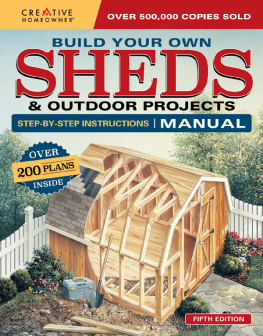
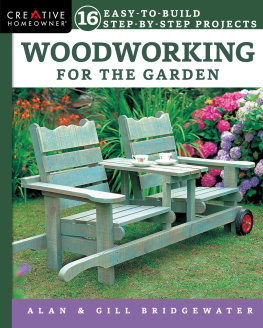

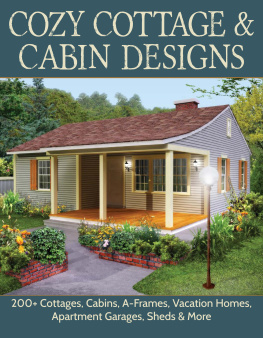

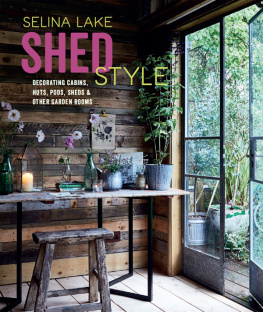

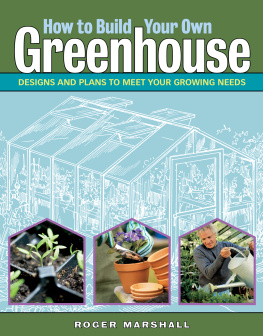

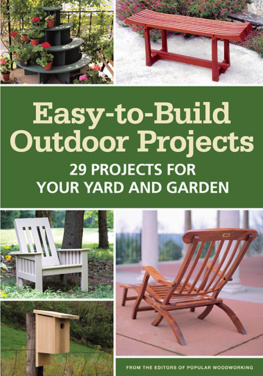



 The cost of labor and materials is constantly rising. People are turning to do-it-yourself projects as a means of completing additions and renovations to their houses. If you are a homeowner, a shed significantly increases the value of your property. You will also appreciate the additional storage space that your new shed, or outbuilding will provide. This book will enable you to make a new shed, something larger than a shed, and other outdoor projects a reality if you follow the instructions carefully. Build Your Own Sheds & Outdoor Projects Manual is a unique guide that concentrates on the process of building rather than designing the shed. Build Your Own Sheds & Outdoor Projects Manual is a unique guide that concentrates on the process of building rather than designing the shed.
The cost of labor and materials is constantly rising. People are turning to do-it-yourself projects as a means of completing additions and renovations to their houses. If you are a homeowner, a shed significantly increases the value of your property. You will also appreciate the additional storage space that your new shed, or outbuilding will provide. This book will enable you to make a new shed, something larger than a shed, and other outdoor projects a reality if you follow the instructions carefully. Build Your Own Sheds & Outdoor Projects Manual is a unique guide that concentrates on the process of building rather than designing the shed. Build Your Own Sheds & Outdoor Projects Manual is a unique guide that concentrates on the process of building rather than designing the shed. 
 The answer is YES! By doing the planning and all or part of the work yourself, you can have the shed you might not otherwise be able to afford. By supplying the labor and buying materials yourself, construction costs can be cut significantly. Framing out a shed is not difficult. Standardized materials and construction techniques make it relatively easy if you take time to plan and work carefully.
The answer is YES! By doing the planning and all or part of the work yourself, you can have the shed you might not otherwise be able to afford. By supplying the labor and buying materials yourself, construction costs can be cut significantly. Framing out a shed is not difficult. Standardized materials and construction techniques make it relatively easy if you take time to plan and work carefully.  The shed site plans on this page are included to exemplify how your shed can contribute valuable storage space to your home. Before you place your shed on your property, study traffic patterns in your backyard and how often you will use the building on a daily basis. Create a site plan of your property and draw arrows to illustrate the basic movements to and from your home.
The shed site plans on this page are included to exemplify how your shed can contribute valuable storage space to your home. Before you place your shed on your property, study traffic patterns in your backyard and how often you will use the building on a daily basis. Create a site plan of your property and draw arrows to illustrate the basic movements to and from your home.